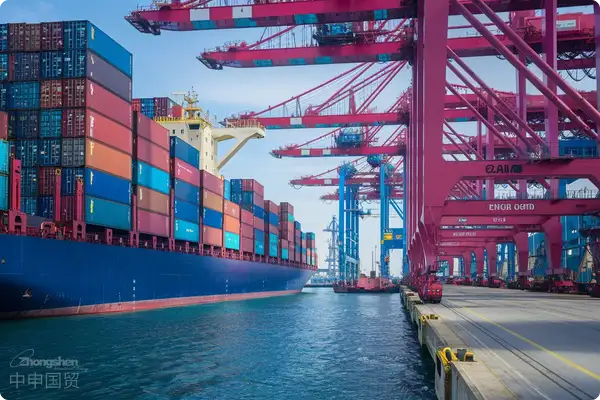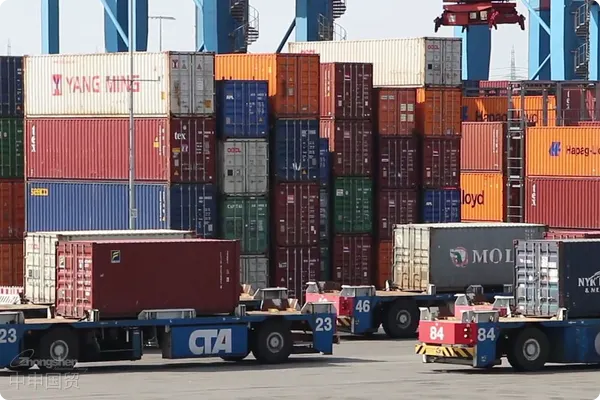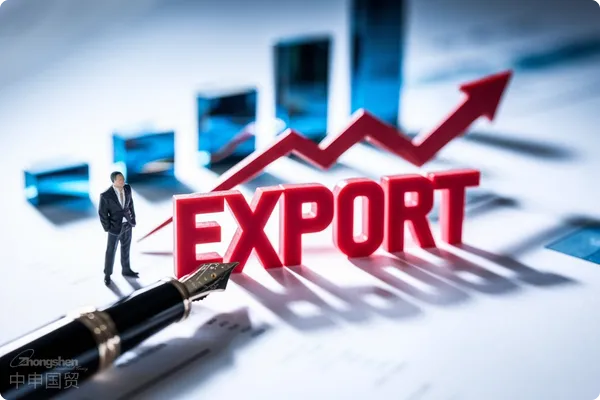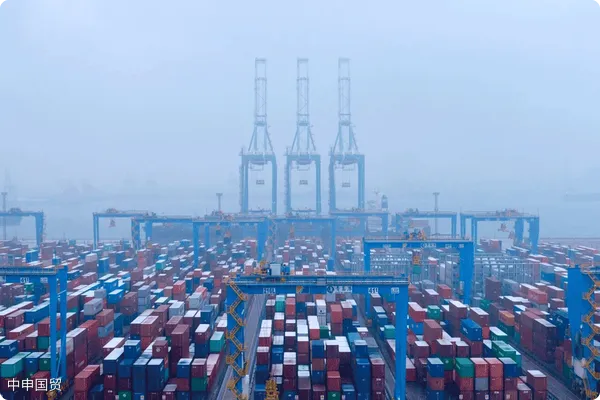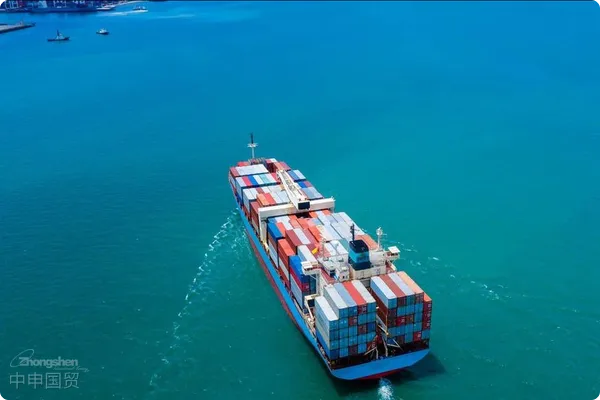- Shanghai Zhongshen International Trade Co., Ltd. - Two decades of trade agency expertise.
- Service Hotline: 139 1787 2118
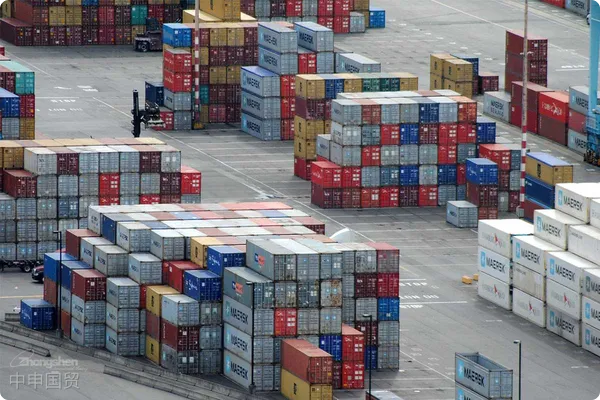
Review: A Failed Entrepot with Perfect Compliance,
In October 2023, a Chinese manufacturer exported a batch of mattresses to the United States via Singapore. The enterprise strictly followedEntrepot TradeRules:
- Obtained theIt is recommended to verify through the following methods:Form A from Singapore
- Provided photos of the production line of the Singaporean factory
- Submitted the payment and receipt vouchers of the Singaporean account
- Completed the CPSC (Consumer Product Safety Commission of the United States) test report
First Stage: Document Review
When the US Customs inspected the container for the first time, it required the following supplements:
① Original laboratory test data of the flame retardant components of the mattress sponge
② Full - journey transport bill of lading from Singapore to the United States (including the container - unpacking records at the transit warehouse)
③ Purchase contract between the Singaporean factory and the raw material supplier
Phase 2: Technical Pressure
After the customer submitted all the documents, the customs suddenly invoked Article 19 CFR 113.13 of the Customs Code and required:
選項(xiàng)A Pay anti - dumping bond (AD/CVD Bond), with the amount being 200% of the cargo value (estimated according to the US 301 tariff on Chinese mattresses + anti - dumping duty)
選項(xiàng)B Return the goods immediately
Final Result:
- Port detention fee + Warehouse rent: $5,200 (28 days)
- Expedited fee of inspection agency: $3,800
- Legal consultation fee: $2,500
- Total Loss: $11,500, and finally chose to return the goods
In - depth Analysis: The Operational Logic of the Compliance Trap of the US Customs
1. Abuse Mechanism of Legal Tools
According to the US Customs Operating Manual CBP 19 CFR 141.113, when the goods involve transshipment through a third country, the customs has the right to:
- Trace the source of raw materials (even if the value - added of processing in the transit country exceeds 35%)
- Require proof of substantial transformation (merely changing the packaging of the mattress does not meet the standard)
- Initiate an reasonable suspicion investigation (no preliminary evidence is required)
2. Weaponization of Time Cost
Port Detention Cost Calculation Model:
| Number of days | Type of fee | Daily cost of 20 - foot container |
|---|---|---|
| 1-5 | Basic port storage fee | $85 |
| 6-10 | Demurrage fee + Supervision fee | $220 |
| 11+ | Punitive rate | $380 |
Data source: Los Angeles Ports charging standard in 2024
Detention for more than 15 days will trigger the presumption of goods abandonment procedure, and the importer may permanently lose the ownership of the goods.
3. Supply Chain Breakpoint Strike
In this case, the customs precisely selected the strike time point:
- 30 days before the Christmas sales season (peak demand period for mattresses)
- For FOB trade terms (ownership of goods has not been transferred, and the exporter bears the loss of returning the goods)
Three Fatal Misconceptions in Entrepot Trade
Misconception 1: Complete Documents = Customs Clearance Guarantee,
- Reality: The US Customs adopts the principle of rebuttable presumption. Even if the documents are compliant, it can still require evidence.
- Case Evidence: From January to September 2023, the US Customs secondary review rate of Chinese transshipment goods reached 37%, and 82% of them were finally determined to be in violation of the rules of origin.
Misconception 2: Transit Processing = Washing the Place of Origin,
- Technical Standards:
- The tariff number of the goods must be changed (the HS code of the mattress in this case has not changed)
- The processing cost needs to exceed 60% of the total value of the goods (Singapore only carried out labeling + repackaging, with a cost proportion of less than 15%)
Misconception 3: No Tariff Risks in the Entrepot Country,
- Bond Killing Chain:
海關(guān)要求繳納的AD/CVD Bond包含: - Estimated anti - dumping duty rate (198% for the mattress in this case)
- Interest for three - year retroactive period (annualized 7%)
- Customs operation surcharge (1% of the cargo value)
Calculation formula:
Bond amount = (FOB price × 198%) × (1 + 7% × 3) + FOB price × 1%
Practical Suggestions for Risk Prevention and Control
Construction of Legal Firewall
- Add a liability cap clause in the transshipment agreement, for example:
In case of losses caused by the customs of the importing countrys determination of the place of origin, the carrier shall bear compensation liability not exceeding 200% of the freight, - Purchase special transshipment trade insurance to cover:
- Customs fines (with a maximum coverage of $500,000)
- Goods depreciation loss (compensated at 80% of the market price)
Configuration of Emergency Response Plan
- Time Red Line:
Establish a 15 - day emergency response mechanism. When the detention exceeds: - 5 days: Start the allocation of alternative supply sources
- 10 days: Legal relief procedure (submit a Protest to CBP)
- 15 days: Start the overseas destruction procedure (to avoid return tariffs)
- Cost control:
Sign a stepped warehousing agreement with the bonded warehouse at the transit port:
Week 1: $3/cubic meter/day
Week 2: $7/cubic meter/day
Week 3: $15/cubic meter/day (including destruction and disposal fees)
Conclusion: Seeking Living Space in the Gray Area
This case reveals a harsh reality: Against the backdrop of the escalation of global trade protectionism, entrepot trade is evolving from a risk - controllable business strategy into a high - intensity legal battlefield.
When the compliance cost exceeds the trade profit, perhaps its time to rethink: whether to continue dancing on the tightrope or build a real moat for the global supply chain.
Related Recommendations
Learn
Contact Us
Email: service@sh-zhongshen.com
Related Recommendations
Contact via WeChat

? 2025. All Rights Reserved. 滬ICP備2023007705號-2  PSB Record: Shanghai No.31011502009912
PSB Record: Shanghai No.31011502009912
